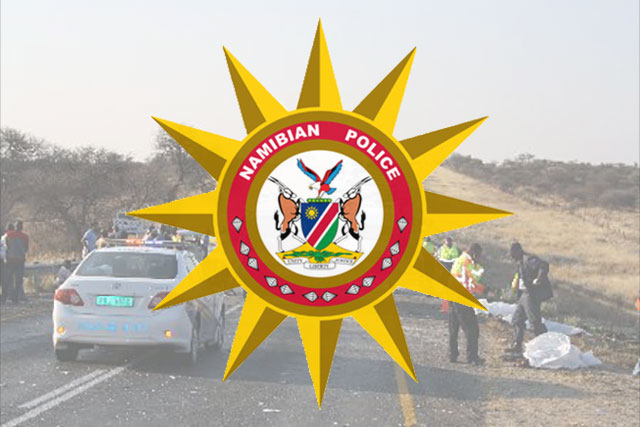Windhoek and Walvis Bay have been labelled as hotspots for child labour and sexual exploitation by the Global Organised Crime Index.
In its latest report edition, Namibia is listed as “not seriously affected” in terms of human trafficking.
However, the issue persists among specific groups and in certain areas, especially in Windhoek and at Walvis Bay, the report states.
“The charcoal industry is particularly susceptible to human trafficking, as locals hire Angolans without papers and subject them to forced labour.
“In some cases, Namibia experiences trafficking from neighbouring countries, especially children, such as from Angola, Kenya, Zambia and Zimbabwe,” it reads.
The report’s findings deal with the outcome of the ‘Disrupting Harm in Namibia’ report launched by the Ministry of Gender Equality, Poverty Eradication and Social Welfare last year.
Children’s advocate Heather Harker yesterday said child labour and the sexual exploitation of children should always be viewed in a serious light.
“The government and businesses need to implement laws and policies requiring businesses to ensure the protection of human rights – particularly children’s rights – and create accessible remedies for the victims of such violations,” she said.
Overall, about 20 000 children aged 12 to 17 in Namibia have experienced online sexual exploitation and abuse in 2021.
The 2022 report further states that 30% of children who have experienced abuse online have not disclosed their experiences to anyone.
Similarly, the United States (US) Department of Labour, in a 2022 report titled ‘Findings on the Worst Forms of Child Labour’, says children in Namibia are subjected to the worst forms of child labour, “including commercial sexual exploitation, sometimes as a result of human trafficking”.
“Children also engage in agricultural work, domestic work and street work,” the US report states.
The US Department of Labour believes the prevention and elimination of child labour are not integrated into key national policies, and social programmes do not address child labour in agriculture and domestic work.
“The government also did not publish data on labour law or criminal law enforcement efforts for inclusion in this report,” it reads.
The department says an extended drought and economic downturn in northern Namibia and southern Angola have likely affected children’s vulnerability to child labour.
“Children from rural areas move to urban centres, such as Windhoek, in pursuit of supplemental income for their families, and some of these children engage in selling drugs, organised begging and commercial sexual exploitation,” the department says.
VIOLENCE
In Namibia, 41% of boys and 33% of girls experience physical, sexual, or emotional violence prior to the age of 18.
This was stated in a fact sheet produced by the United Nations Foundation’s ‘Together for Girls’ initiative.
The fact sheet states that in Namibia, both girls and boys experience high rates of physical, sexual and emotional violence.
Previously, experts have said these abuses are due to financial pressure, the cost of living, denial of paternity, a lack of support, economic hardships, no support structure and parental un-involvement.
Clinical psychologist Shaun Whittaker says violence against children is extremely concerning.
“It’s a form of patriarchal violence that we now see being expressed against children,” he says.
HUMAN SMUGGLING IN NAMIBIA
Moreover, the report details the limited human smuggling market in Namibia.
“Voluntary migration continues to occur via smuggling routes, especially through the Namibian-Zambian border, with reports of law-enforcement officers being involved,” the report states.
It says Namibia is increasingly becoming a destination country in the region for migrants such as Congolese citizens, as well as people from other African countries.
“[T]here are reports of Angolans living in squatter settlements and of children as young as seven selling goods on the streets,” the report states.
Another country mentioned is Zimbabwe, where political conflict has also led to migration to Namibia.
Stay informed with The Namibian – your source for credible journalism. Get in-depth reporting and opinions for
only N$85 a month. Invest in journalism, invest in democracy –
Subscribe Now!







